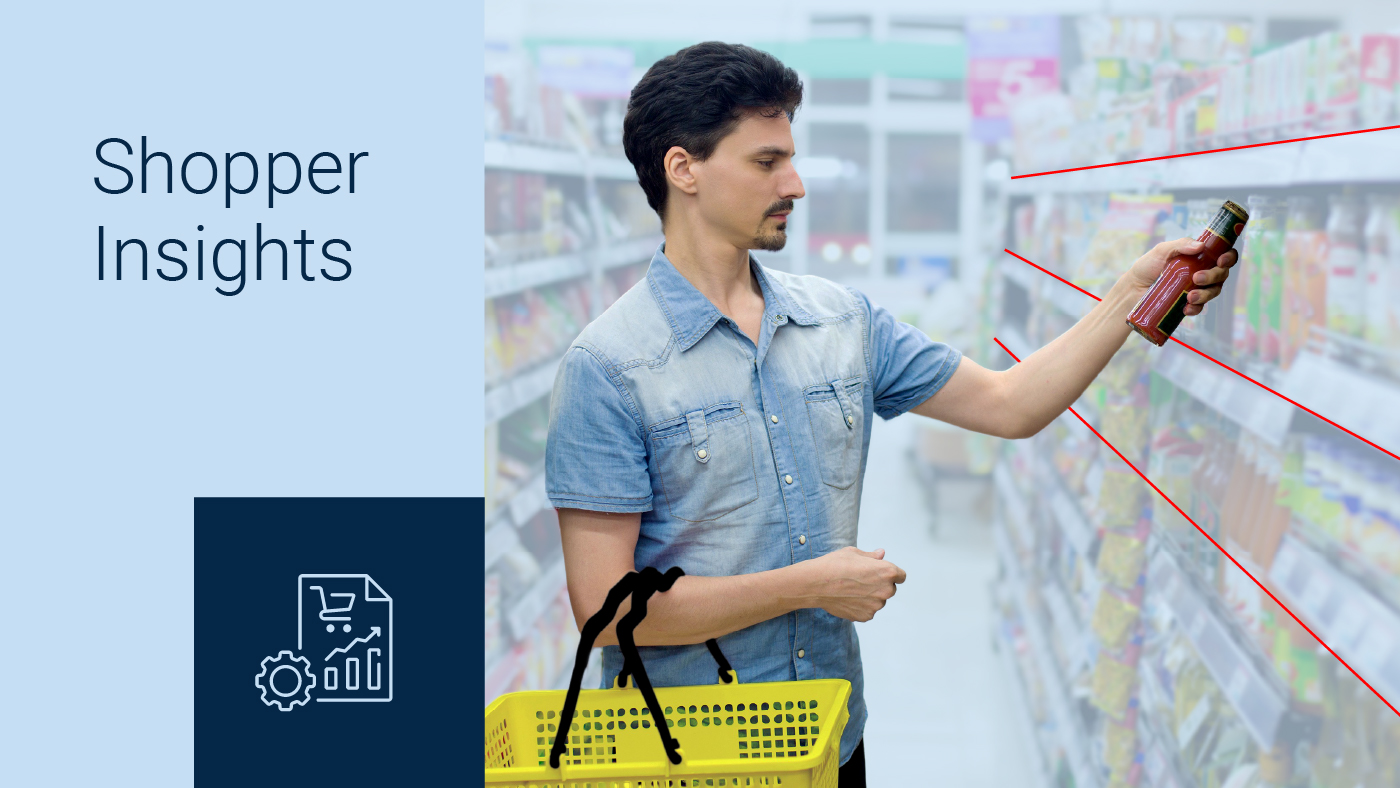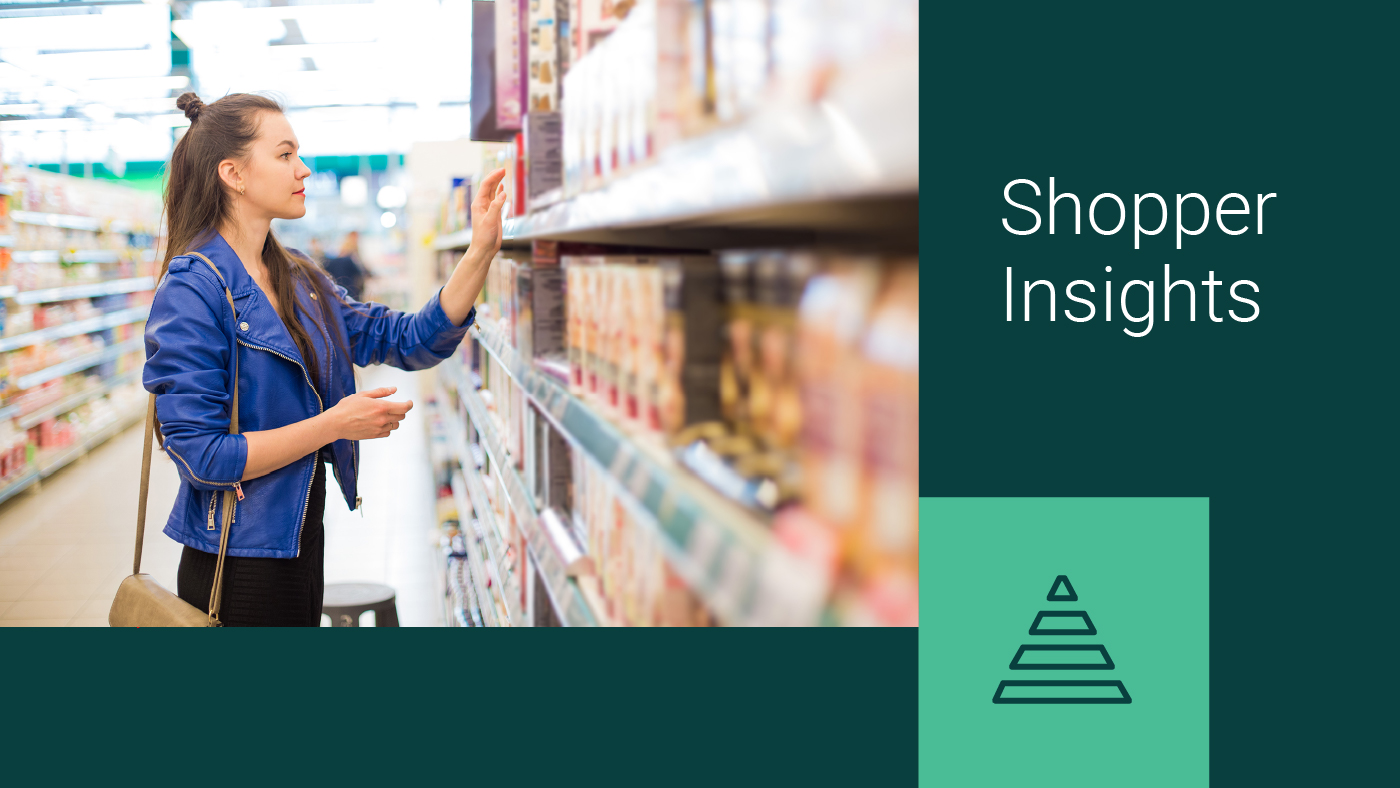Healthspan over lifespan: How functional ingredients are reshaping natural CPG
For years, “living longer” was the wellness north star. But today’s consumers aren’t satisfied with simply adding years — they want those years to feel…
For years, “living longer” was the wellness north star. But today’s consumers aren’t satisfied with simply adding years — they want those years to feel…








Get the latest news, insights, and strategies delivered right to your inbox.